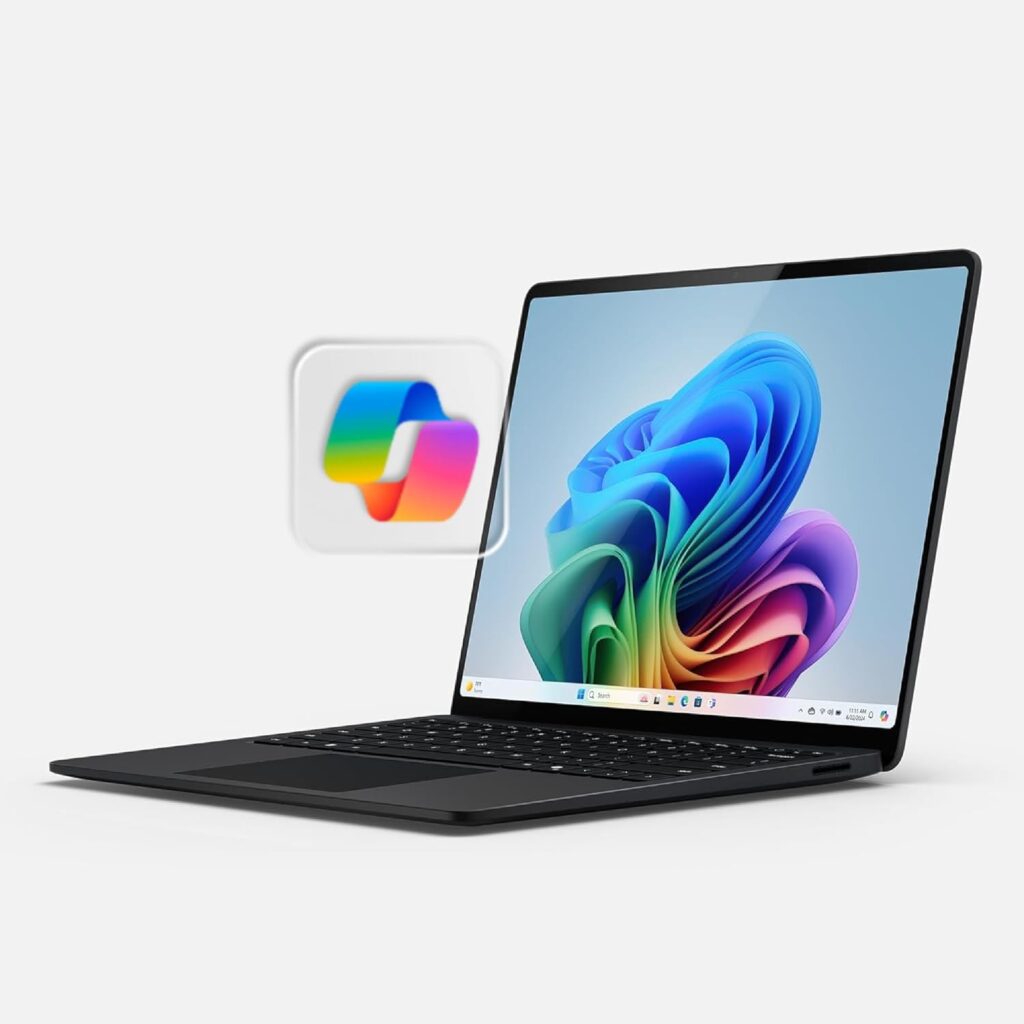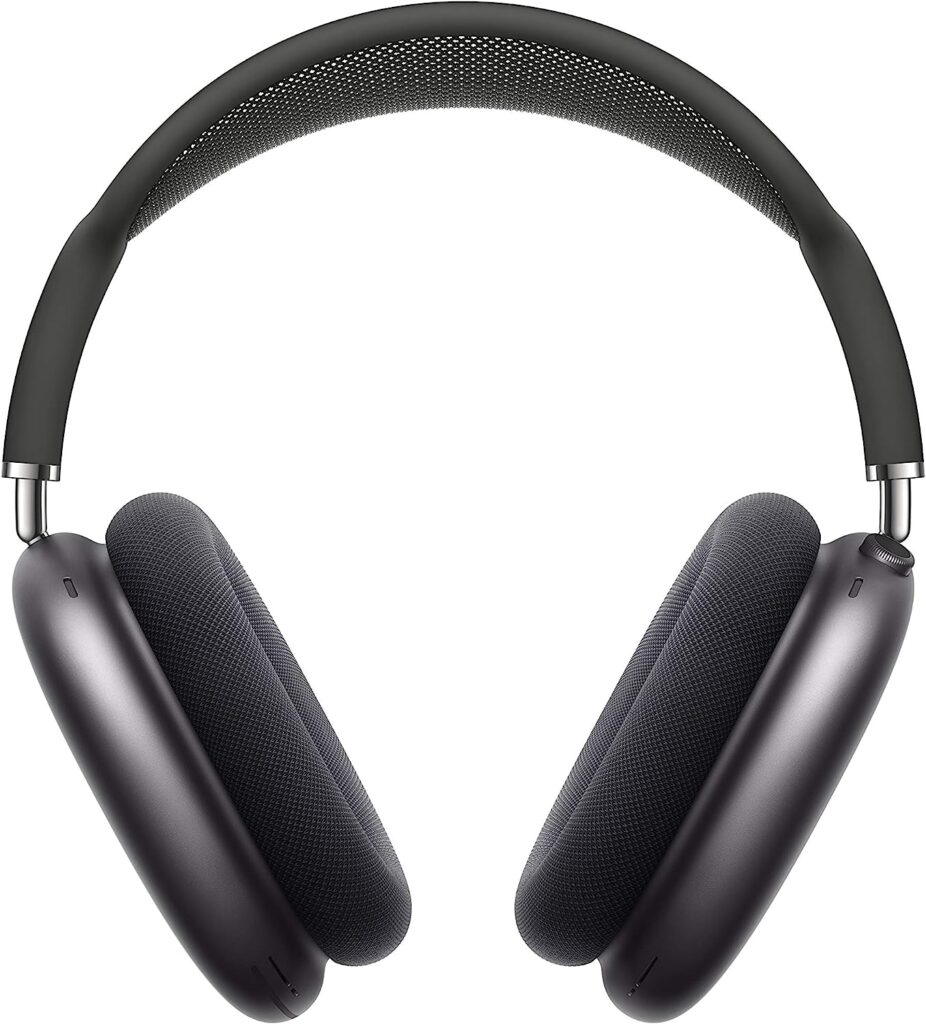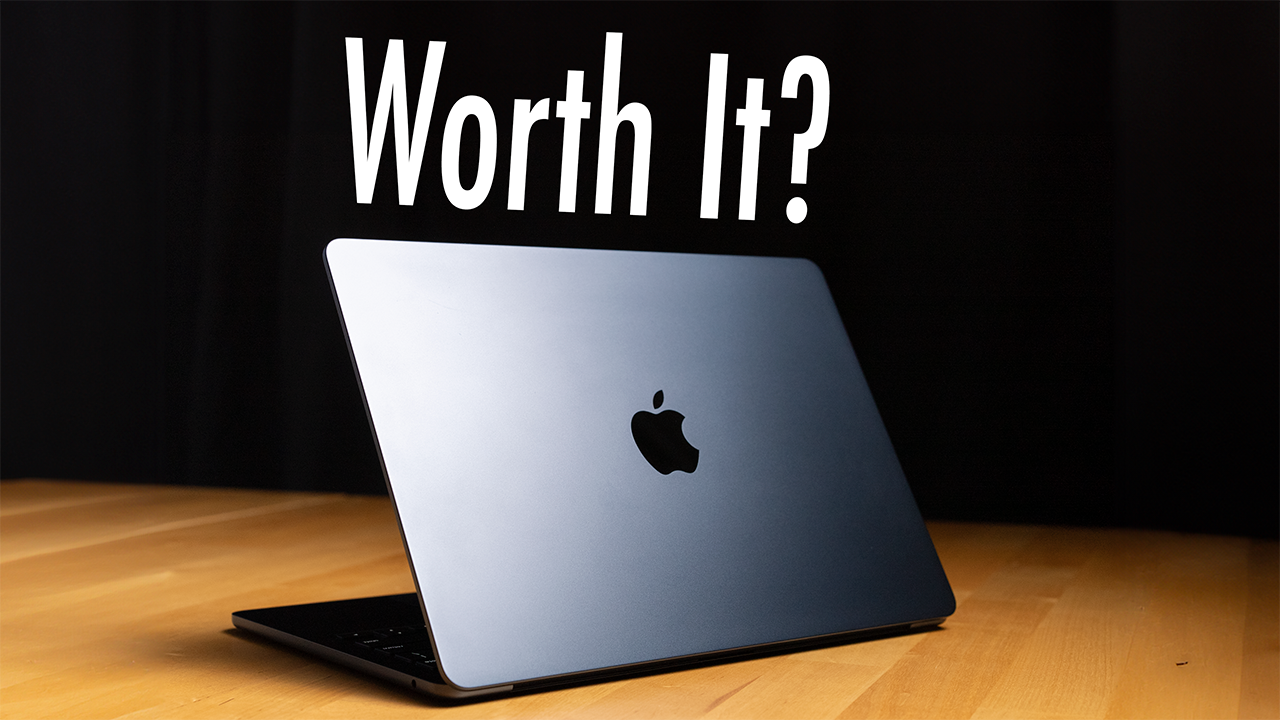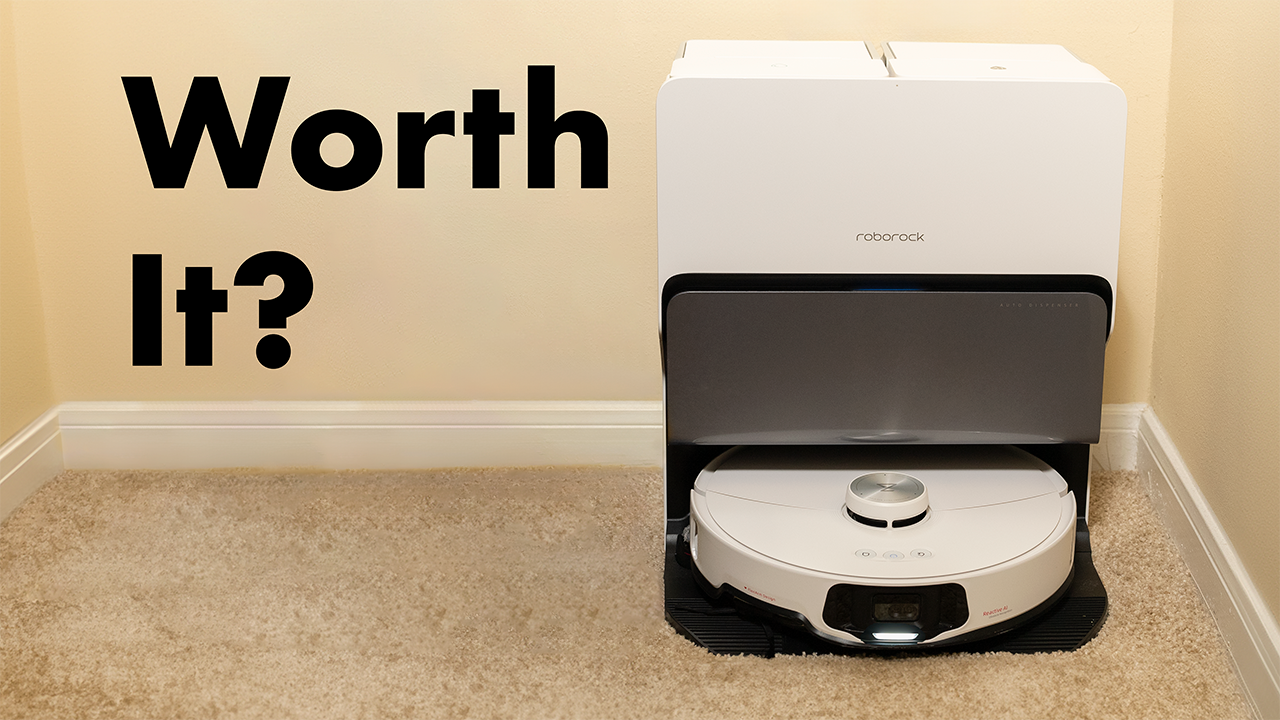Products in this video:

Sonos Era 300 (Affiliate Link)

New iPad Pro Magic Keyboard (Affiliate Link)
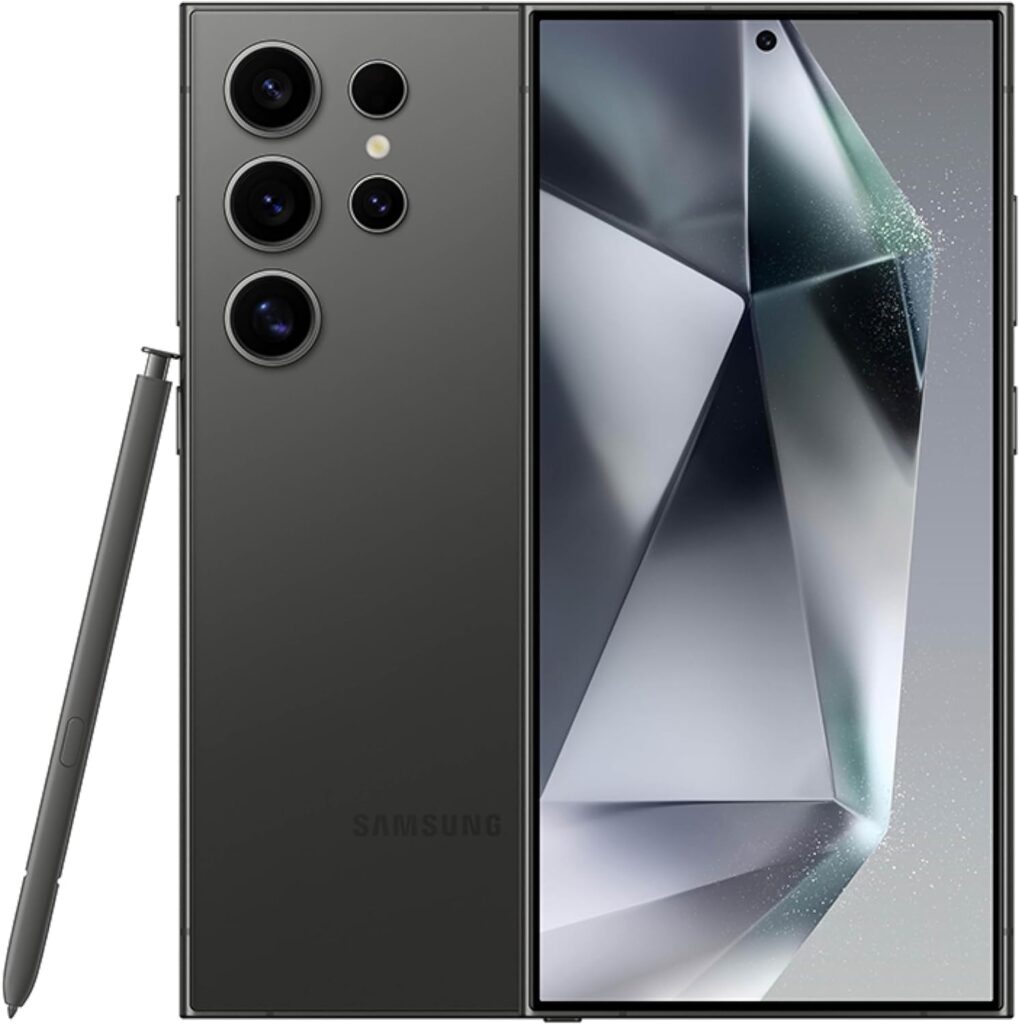
Samsung S24 Ultra (Affiliate Link)
Compare Streaming Services
Learn More:
Statistica Music Streaming Service Subscriber Global Market Share
How Spoity Recommendations Work
Amazon Music launches Maestro AI Playlist Generator
Differences between Amazon Music streaming tires
Amazon Music vs. Spotify in 2024 – Which One is Better?
It’s 2024, and I’ve spent over six months using Amazon Music and Spotify. I wanted to explore why you would choose Amazon Music over Spotify when Spotify is so dominant. There are a few reasons why you would go with Amazon Music. Let’s take a look at its advantages.
Amazon Music’s Advantages
Exclusive Live Performances
First, coming in at Amazon’s number four advantage is exclusive live performances. Amazon has so few of these right now that it’s barely worth mentioning, but if one of your favorite artists has a performance, it could sway you over to Amazon Music.
Ability to Purchase Music
Coming in at Amazon Music’s number three advantage is the ability to purchase music via Amazon and import it into Amazon Music. Amazon Music allows you to purchase music tracks from the secondary menu that pops up next to a song. The music you purchase should automatically show up in Amazon Music; however, if it doesn’t, you can download the tracks you purchased and import them for local playback. However, Amazon Music doesn’t have a cloud library feature like YouTube Music or Apple Music.
AI Maestro Feature
Coming in at Amazon Music’s number two advantage is their new AI Maestro feature. This feature is in beta at the time of recording and allows you to use an AI prompt to generate a customized playlist. You can use words or emojis in your prompt, and it’s worked quite well in my limited testing.
Support for Spatial Audio and High-Res Lossless Music
The number one, and probably the main reason you’d go with Amazon Music over Spotify, is that Amazon Music supports spatial audio music and high-res lossless music at no additional cost. Spotify announced they’d be bringing high-quality music streaming to their service in February 2021 and, as of this recording, has yet to release that feature or support for the Dolby Atmos music format.
The Importance of Lossless and Spatial Audio
Now, why are these two formats such a big deal? First, let’s look at lossless audio. Amazon Music Unlimited has more than 100 million songs available in HD lossless audio. HD songs start with 16-bit 44.1 kHz, and then Amazon has what they call Ultra HD, which is 24-bit with a sample rate of up to 192 kHz. But you’ll need a digital-to-audio converter device, a DAC, to experience that version. What does all of this mean to the average listener? Well, the quality of the music on Amazon Music is better than that of Spotify. However, there is a debate over the point people can tell the difference between lossy audio, which means it’s compressed and lossless. Remember, if you use headphones with Amazon Music, most Bluetooth headphones today cannot play lossless audio. Some can over certain codecs, but most of the time, they will default back to lossy over a Bluetooth connection.
By far, the more important audio format that Amazon Music has that Spotify doesn’t is Dolby Atmos, as well as 360 Reality Audio, which is similar to Dolby Atmos. They’re both spatial audio music formats, with Dolby Atmos being the more popular. Unlike the stereo format, where you have a right and left channel, Dolby Atmos is an object-based audio format that allows sound mixers to digitally place different parts of a music track around a virtual room. This causes you, as a listener, to notice things like vocal effects or instrumentation more in an Atmos mix than you necessarily would in a stereo mix. You’ll also find that Atmos tracks don’t sound as loud because Dolby requires Atmos mixes to be at -18 LKFS, which is why they’ll sound about 10 dB quieter than their stereo counterparts. This causes Atmos tracks to often have more headroom and a greater dynamic range, meaning there’s a greater difference between the loudest part of the track and the quietest part of the track with an Atmos mix. Typically, stereo mixes nowadays are mixed to sound as loud as possible. Not all Atmos mixes sound good, though. Early versions of Atmos music tended to drown out vocals with instrumentation, but more recent mixes are quite good. Do note, though, that not all Amazon Music devices will play Atmos. For example, the Amazon Music app on Mac doesn’t play the Atmos format, though their phone app does. When listening to headphones, certain speakers also don’t support the Atmos format. Right now, though, my Sonos Era 300 does, a speaker I’ve reviewed that was built for spatial audio.
Spotify’s Advantages
Customized Playlists
Alright, now let’s talk about Spotify. Spotify’s number six advantage is playlists. It has a larger number of customized playlists than Amazon Music, which has some, but Spotify has way more with playlists like the Time Capsule Mix, which will take you back to your teenage years. It has different artist, decade, genre, and mood mixes all created based on your taste profile, and the Repeat Rewind playlist, which is a playlist of your favorite music that you were listening to in the past. You can also use Spotify’s Blend feature to create customized playlists based on you and a friend or spouse. Spotify gives you the ability to exclude certain content from your taste profile, like a playlist your kids want to listen to, but you do not want to impact your recommendations.
Simplified Like System
Spotify’s number five advantage is a simplified like system. With Amazon Music, liking a song or album doesn’t automatically add it to your library; that’s a separate action. On Spotify, hitting the plus button does both of those actions.
Jam Session Feature
Moving on, Spotify’s Jam Session feature is its number four advantage. This feature allows your friends and family to add songs to your Spotify queue in real time, and they don’t have to be paying members of Spotify Premium to use it. Amazon Music doesn’t have anything like that or even collaborative playlists.
AI DJ Feature
Moving on, the number three advantage for Spotify is its AI DJ feature. “Up now, I’ve pulled together a few artists you’ve been listening to, maybe one or two you haven’t heard, all with a similar vibe.” It’s great for those times when you want to listen to something but aren’t sure what to listen to. The DJ will typically start with something you’ve been listening to recently, then reach back into your listening history and introduce you to new stuff.
Network Effects
All right, Spotify’s number two advantage is network effects. According to Statista, it still dominates the industry with a 30% share globally, more than double Amazon Music’s 11.1% share. Why does this matter? Well, because it’s more likely your friends and family are using Spotify, it’ll be easier to share music with them, have shared playlists, and start Jam Sessions.
Spotify Connect
All right, and coming in at Spotify’s number one advantage is Spotify Connect. This feature allows you to stream your Spotify music to any device that integrates with Spotify. Not only that, it lets you control whatever music you have playing on a device. For example, if I’m playing Spotify through my Sonos speakers, I can open the Spotify app on my MacBook Air and control what’s playing in real-time. Amazon Music’s app does support a wide variety of casting like Spotify, including Google’s Chromecast, Amazon’s own casting technology, and Apple’s AirPlay. Still, it can’t pick up from where you left off on any device.
Conclusion: Which Service to Choose?
So those are the advantages of Spotify and Amazon Music. But which one do I think you should go with? Both services have free tiers and podcasts, and Spotify has integrated audiobooks. Both have pretty good recommendation algorithms, though I’d still give the edge to Spotify. Also, the Spotify app is more responsive than Amazon Music’s. In my experience, I’ve run into bugs with both liking songs and a lag when adding something to my library. Unless you want higher quality music or spatial audio music or the ability to purchase music within the same ecosystem as your music service, I think Spotify will be the better choice. It’s the one I choose because it’s supported on more devices, has better-customized playlists, better sharing features, and Spotify Connect. If you want to learn more about Spotify and Amazon Music, I’ve left a link to our blog post for this comparison, which includes the sources I used to help create this video. To see how Spotify and Amazon Music compare to other music streaming services, you can get to my other comparison videos by clicking the playlist here:
You can also click here to get my reviews and comparisons of all the devices you can use with these services, like the Sonos Era 300 I mentioned earlier:

